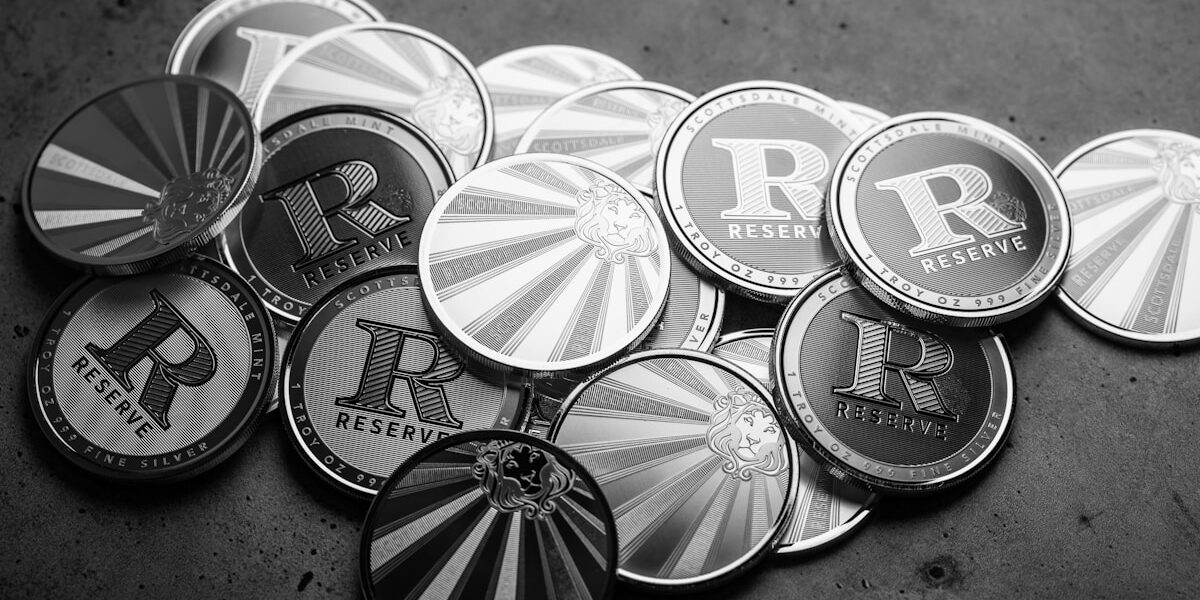The Historical Journey of the Dime

Dimes, those small yet essential coins, trace their roots back to the early days of the United States. The Coinage Act of 1792 marked the official birth of U.S. currency. It authorized the production of the dime, among other coins. This act aimed to establish a standardized monetary system that could support economic growth. The dime, then a ten-cent piece, emerged as a key element in everyday transactions.
The Evolution of Design
Over the years, the dime’s design has undergone multiple transformations. The first dimes produced featured the image of Liberty on the front and an eagle on the back. This design set the tone for future US coinage. In 1837, the Seated Liberty design replaced the original. This version depicted Liberty sitting on a rock, holding a pole with a liberty cap. Fast forward to 1892, and the Barber dime entered circulation. It was named after Charles E. Barber, the coin’s designer. The reverse featured a simple wreath-encircled One Dime. In 1916, the Mercury dime debuted. Although informally called Mercury, it portrayed Liberty with a winged cap. Finally, in 1946, the Roosevelt dime was introduced to honor Franklin D. Roosevelt, the 32nd President of the United States.
Materials and Manufacturing
Dimes haven’t always been composed of the same material. Initially, they were made of silver, reflecting their value and scarcity at the time. The Coinage Act of 1965 introduced major changes. Due to a shortage of silver and rising costs, the U.S. Mint switched dime production to a copper-nickel clad composition. This shift ensured the cost-effectiveness of minting while maintaining durability. Today’s dimes consist of an inner core of pure copper and an outer layer that combines copper and nickel.
Collectible Value
For coin collectors, dimes offer a window into the past. Rare dimes can fetch impressive sums in the collector’s market. The 1894-S Barber dime, for example, is one of the rarest and most coveted. Only 24 were minted, and today, just a handful are known to exist. Its value can exceed a million dollars. Various other dimes, based on mint marks, years, and conditions, hold different levels of value among collectors.
The Role of Dimes in Everyday Transactions
Dimes play a crucial role in daily life. They are not just monetary tools but pieces of history in our hands. Often used for small transactions, they are indispensable in rounding out prices, especially at vending machines or parking meters. Despite their small size, they pack significant purchasing power when it comes to coins.
Charitable Initiatives and Organizations
The dime’s influence extends beyond economic transactions. It also holds a symbolic place in charity, thanks to the efforts of certain campaigns and organizations. The March of Dimes, a prominent example, started in 1938 by President Franklin D. Roosevelt. Its primary aim was to combat polio. The campaign called for every American to contribute just one dime. Over time, it achieved its goal and shifted focus to broader children’s health issues. The name remains a testament to what small contributions can achieve.
Cultural Impact and References
Dimes have permeated cultural references, often used in idioms and proverbs. The phrase a dime a dozen underscores something so common it holds little value. In contrast, being on a dime implies precision and quickness. These expressions highlight the dime’s integration into language, reflecting both its ubiquity and significance.
Technological Innovations
The phrase dime a dozen also loosely relates to technological evolution. Pennies and dimes often serve as significant discussion points in the transition to a digital economy. With the rise of cashless transactions, some speculate on the future of coins. However, dimes, like other coins, currently hold their ground in a predominantly digital world. Vending machines, coin-operated laundries, and public transportation systems still rely on them.
The Dime’s Continuing Legacy
Despite evolving economies and changing times, the dime remains a constant. Its journey from a small silver coin to a modern copper-nickel version reflects broader economic transitions. With over two centuries of history, dimes not only serve their basic purpose but also capture a story of adaptation and innovation.
Recommended Collecting Supplies
Coin Collection Book Holder Album – $9.99
312 pockets for coins of all sizes.
20x Magnifier Jewelry Loupe – $13.99
Essential tool for examining coins and stamps.
As an Amazon Associate, we earn from qualifying purchases.




Subscribe for Updates
Get the latest articles delivered to your inbox.
We respect your privacy. Unsubscribe anytime.